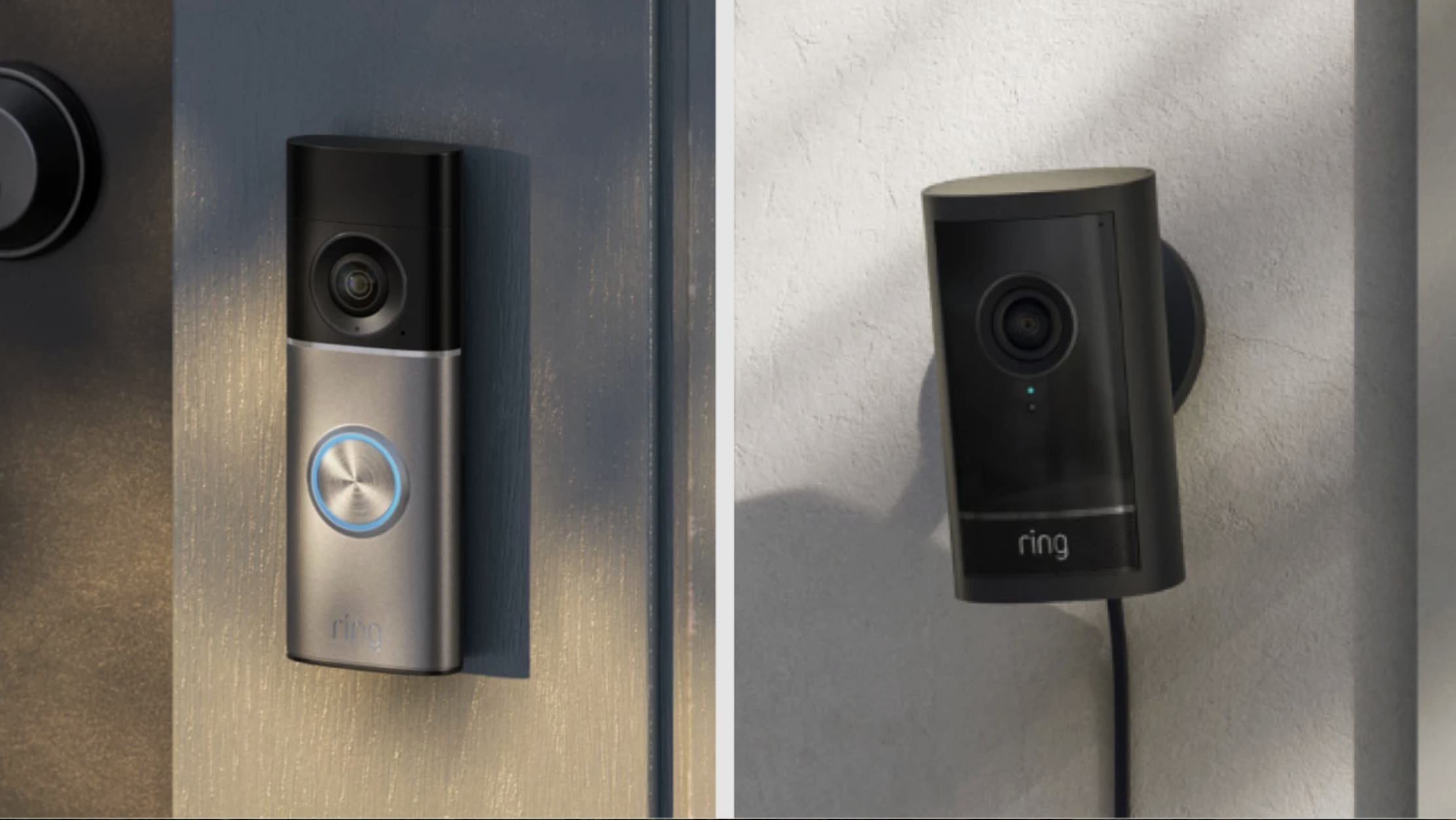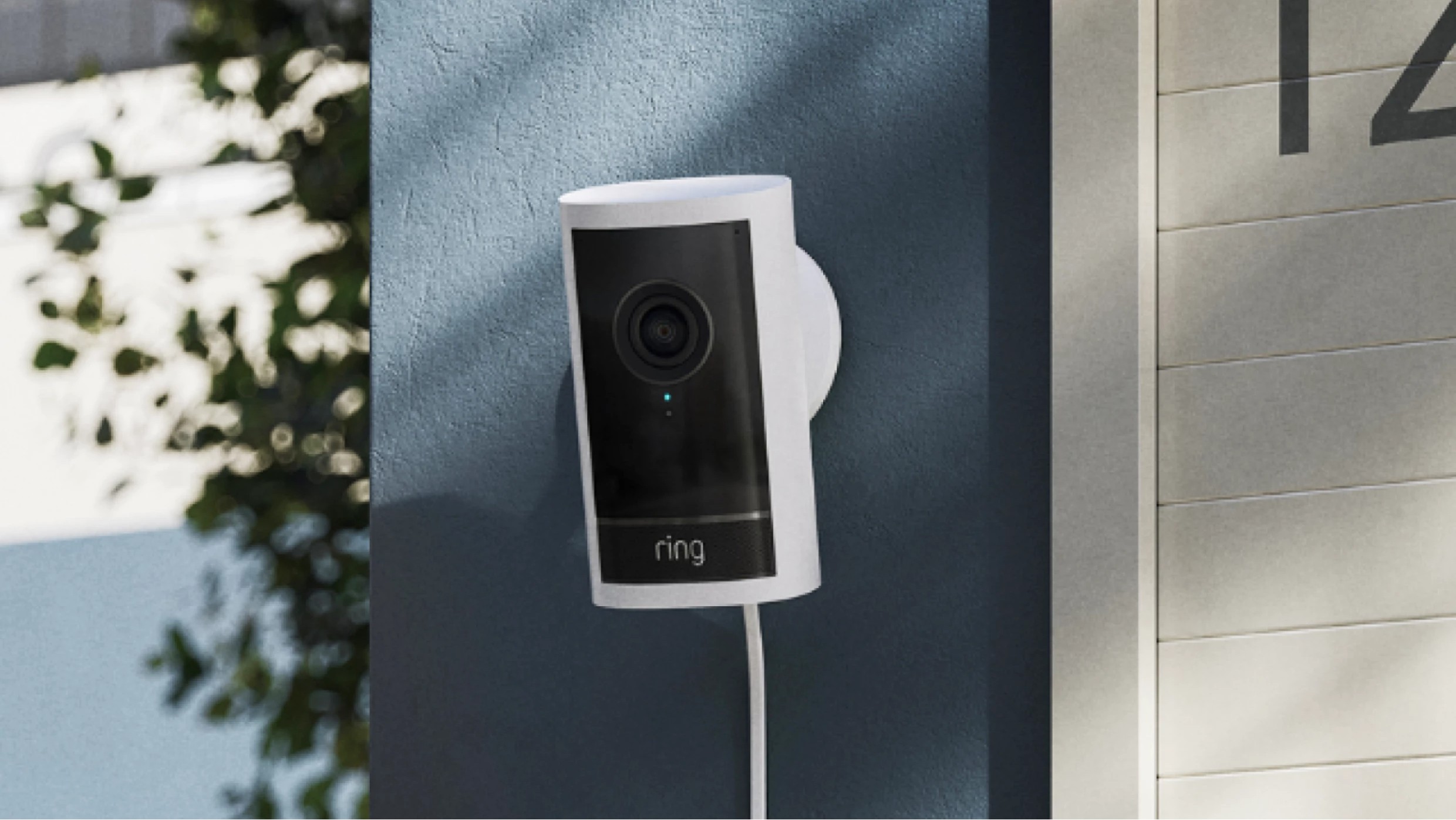
I'll be honest: when I saw the announcement about Ring's new 4K cameras with "Retinal Vision", my tech reporter brain went straight to the specs. Ten times zoom. Low-light performance. Adaptive night vision. Impressive kit, no question.
But here's what bothered me: nowhere in all that marketing speak about "neighborhood safety" did anyone ask whether we actually need to see our neighbors' faces in 4K as they walk past our house.
I remember when video doorbells first arrived. The pitch was simple: see who's at your door when you're not home. Check if that parcel's been delivered. That's protecting your doorstep, which is what they promised. Yet somewhere along the way, we've shifted from "doorstep" to "entire street".
Beyond the boundary
It reminds me of how, back in the 2010s, parents bought cellphones for their kids 'in case of emergencies'. Fast-forward to 2025 and we're wringing our hands about screen addiction, social media anxiety and whether we've accidentally raised a generation that can't look up from their devices. The road to hell, as they say, is paved with sensible-sounding safety precautions.
Consider this: Ring's new cameras can zoom in ten times and capture clear color footage in near-darkness. Their AI identifies whether someone's carrying a package, walking a dog or "peering into" a car. The Floodlight Cam Pro covers "larger outdoor areas like the driveway, back garden or property boundary".
Property boundary. Interesting phrase. Because boundaries work both ways. They mark where your property ends and someone else's begins.

These boundaries are now being sidestepped by, for example, Ring's Search Party feature, which uses AI to scan neighbourhood cameras for lost pets. It's wrapped in heartwarming language about reuniting families with their animals. But think about what this actually means.
The best camera deals, reviews, product advice, and unmissable photography news, direct to your inbox!
Ring is openly advertising a system where cameras throughout your neighborhood continuously analyze everything that moves past them, building a searchable database of life happening outside people's homes. Today it's looking for your spaniel. Tomorrow it could be looking for anything. Anyone.
Everything, everywhere
Of course, as a writer for Digital Camera World, I'm fully aware that cameras in public spaces aren't inherently sinister. But there's a profound difference between a photographer making a conscious decision to document a scene and an automated network of AI-powered cameras watching everything, all the time.
Ring insists that it doesn't share footage with police without a subpoena, but it provides law enforcement with a dashboard to request footage by location and time. It has built the infrastructure for distributed surveillance.
George Orwell imagined Big Brother as the state watching you. Ring's version is more insidious: it's your neighbors doing the watching, voluntarily, encouraged by slick marketing and the occasional package theft video.
When your doorbell can identify and track people in 4K from the other side of the street, when AI catalogs everyone who passes your house, when the same footage is available to police on request, that's not a doorbell. That's a surveillance apparatus that happens to have a doorbell button.
At what point did "seeing who's at the door" become "seeing everything, everywhere, all the time"? And is that really the neighborhood we want to live in?
You might also like…
If Tom hasn't scared you off, take a look at the best doorbell cameras and the best Ring cameras.
Tom May is a freelance writer and editor specializing in art, photography, design and travel. He has been editor of Professional Photography magazine, associate editor at Creative Bloq, and deputy editor at net magazine. He has also worked for a wide range of mainstream titles including The Sun, Radio Times, NME, T3, Heat, Company and Bella.
You must confirm your public display name before commenting
Please logout and then login again, you will then be prompted to enter your display name.

